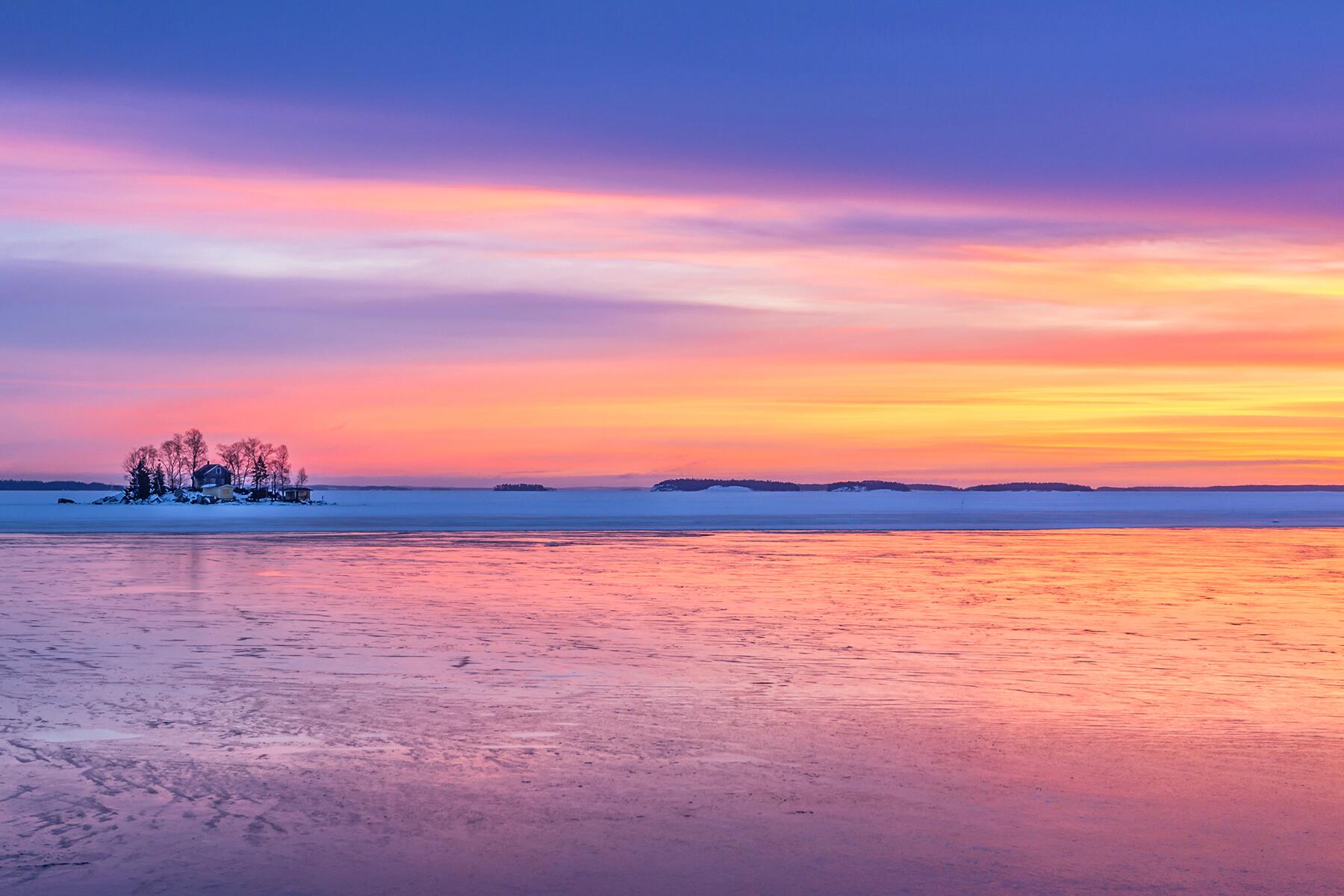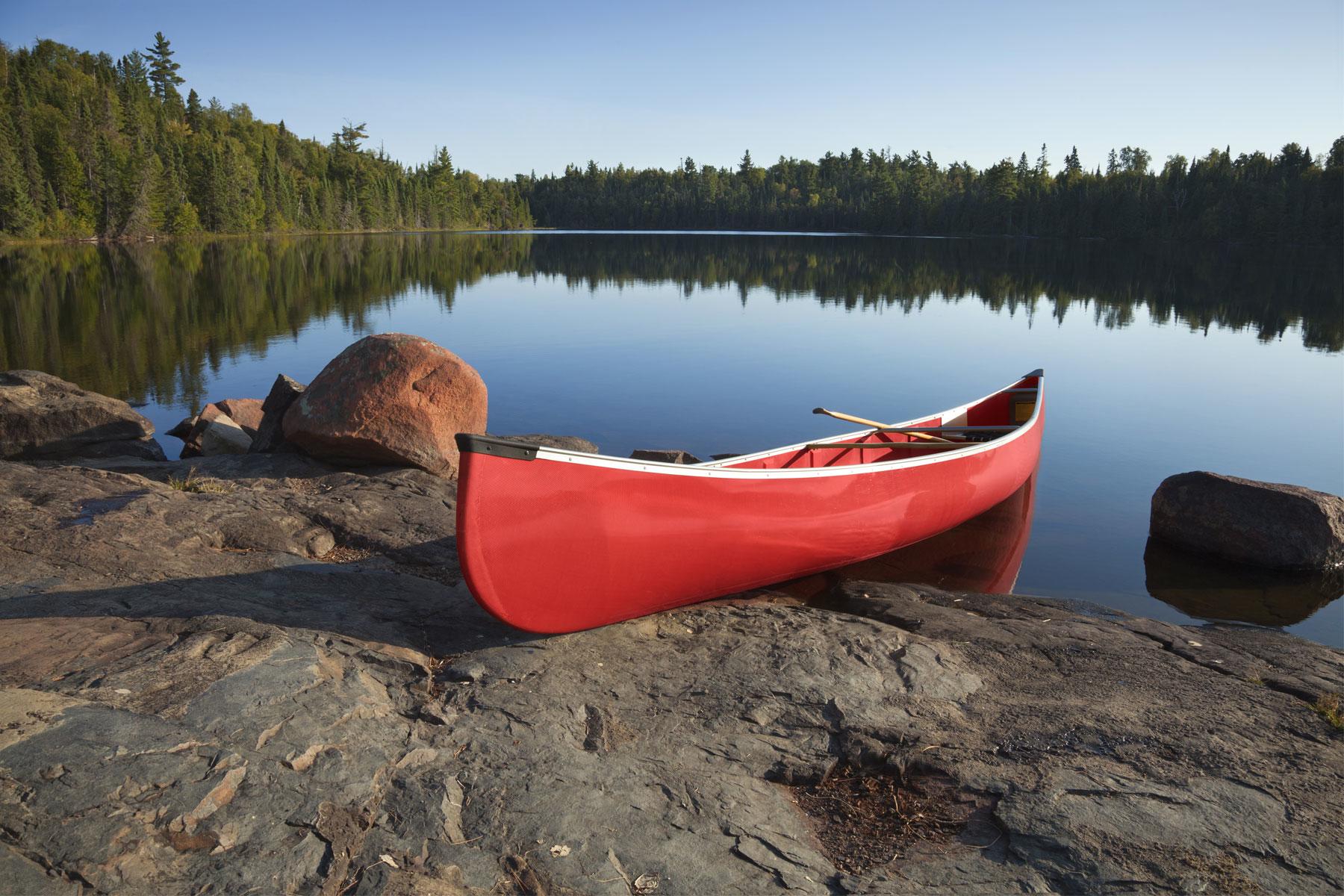The Boundary Waters Canoe Area Wilderness Act, a piece of legislation that has defined how the area is used and managed, was passed in 1968. Here’s a guide to paddling the BWCA during its anniversary season.
Nestled along the border between Minnesota and Canada is the Boundary Waters Canoe Area Wilderness, or the BWCA for short. The more than 1 million acres that compose the BWCA consist of lakes and streams punctuated by islands of wilderness that contain sandy beaches, jagged cliffs and crags, and towering rock formations—a canoeist’s dream.
Visitors come from around the world to experience the secluded nature that adventurers find along this section of the international boundary.




